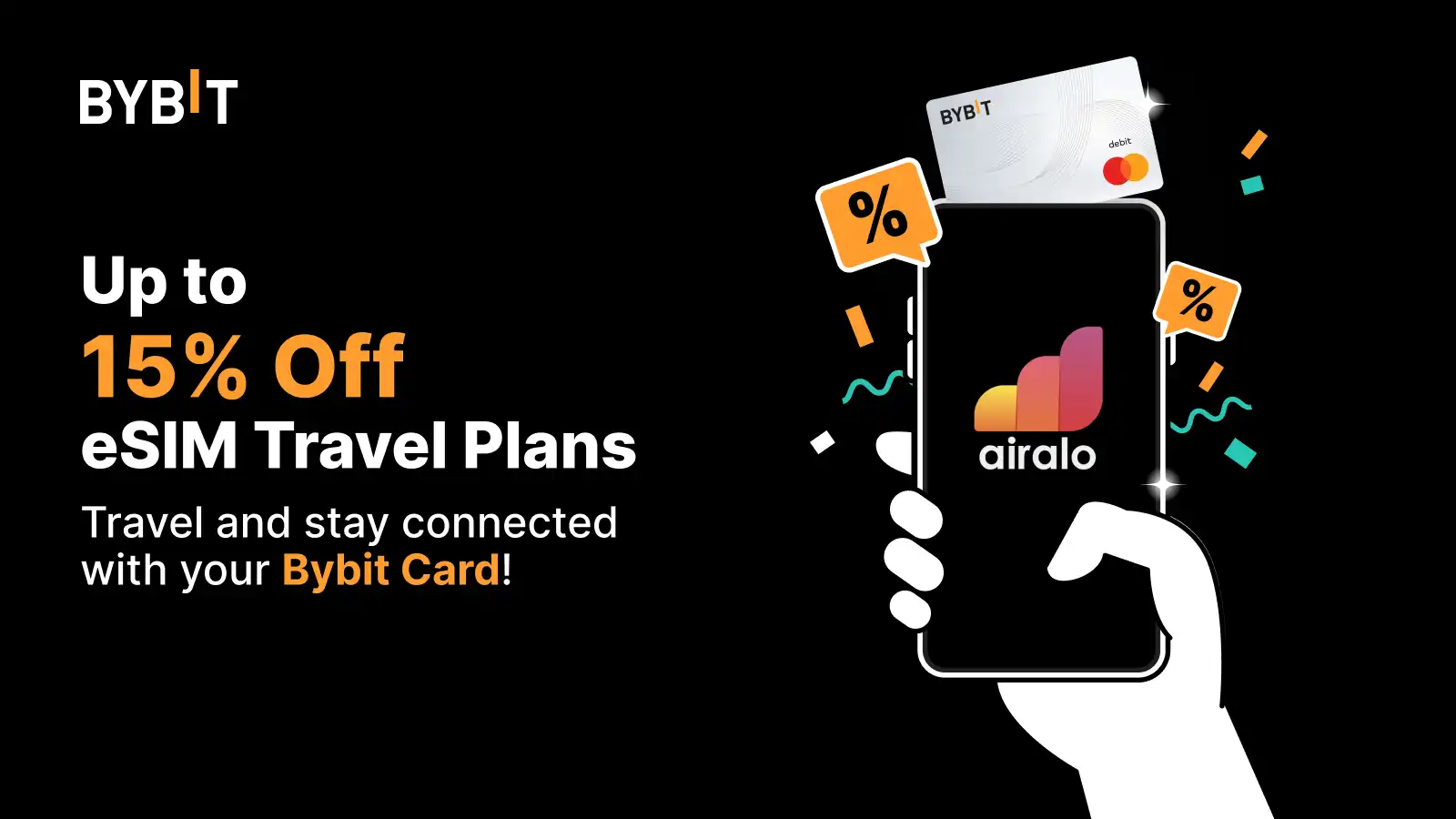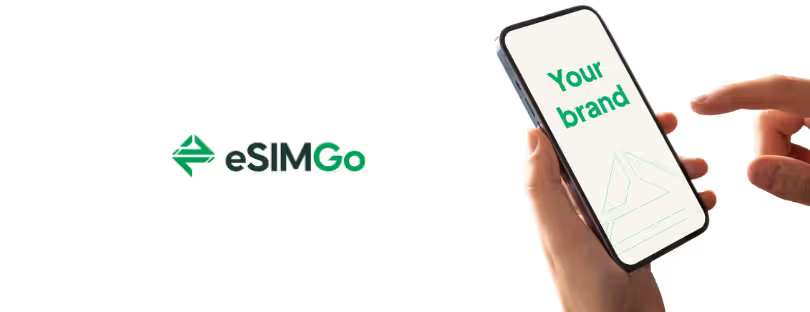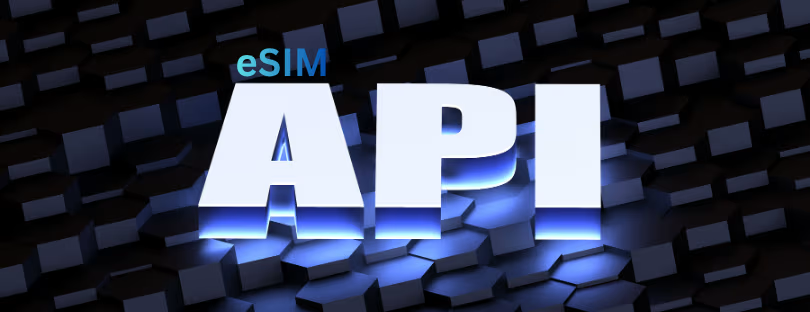
When eSIM Meets Crypto: Are Blockchain-Based Mobile Identities Coming?
Let’s be honest—when you hear eSIM and crypto in the same sentence, it probably sounds like tech buzzword soup. But stick with me. What if your phone number, your SIM card, and your identity weren’t tied to a single carrier or country anymore? What if switching providers was as easy as clicking a button—and your identity stayed secure, portable, and private the whole time?
That’s the promise starting to emerge at the intersection of eSIM technology and blockchain-based digital identity. While still experimental, a few early projects are already testing what happens when you combine remotely activated mobile plans with cryptographically secure credentials.
In this post, we’ll unpack how eSIM and decentralized identity (DID) are starting to overlap, why it matters for global travelers and mobile users, and what it might mean for the future of how we connect—anywhere, anytime, with full control.
The eSIM as Foundation for Digital Portability
Remember when swapping physical SIM cards meant running to your carrier’s store or waiting for a mail delivery? eSIM changed that. Now the SIM profile lives on your device, switchable via remote provisioning—no plastic required. This foundation unlocks portability in a way never before possible. And just like digital music replaced CDs, eSIM is freeing us from physical tethering.
But portability brings a challenge: how do we secure identity when the SIM is software? That’s exactly where cryptography—and blockchain—enters the arena.
Blockchain & Decentralized Identity (DID)
Before linking blockchain to mobile identity, we need to talk about decentralized identity (DID):
- Built using standards (think W3C) around decentralized identifiers and verifiable credentials, DID gives you full control of your identity.
- Instead of siloed databases, you store credentials in your own identity wallet—sharing only what’s needed, when it’s needed.
Real-world pilots show momentum. For example, Buenos Aires’ QuarkID/DID system integrates with its mobile apps to provide digital identity to millions. Governments like China are even piloting national DID systems—think “RealDID” trials in Hong Kong.
Where eSIM and Blockchain Overlap
A. eSIM with blockchain-managed provisioning
Researchers and startups have explored combining eSIM remote provisioning (OTA) with blockchain’s cryptographic guarantees. One experimental setup uses GSMA IoT-SAFE protocol layered on blockchain to validate identity changes at a hardware level.
This blend creates a scenario where your eSIM profile is endowed with blockchain-backed trust, reducing reliance on a single carrier and increasing transparency.
B. Binding your mobile number to crypto wallets
Some projects take it further—imagine your phone number linked to your crypto identity automatically via eSIM. One “Blockchain Powered eSIM” project couples your SIM profile with an on-device crypto wallet. Activation isn’t just over-the-air; activation is on‑chain, using zero‑knowledge proofs to keep it private and secure.
Another recent collaboration—Karrier One and textPlus—securitizes phone numbers as digital assets on the Sui blockchain, enhancing portability across carriers.
Think about that: you own your number. You control switching carriers. And the moves happen on-chain, with identity cryptographically portable from Paris to Perth.
Beyond Humans: AI Agents and eSIM
We’re not just talking human users. Recent academic work proposes using telco-grade eSIM infrastructure to authenticate autonomous AI agents, with carriers hosting eUICC-backed credentials that certify device identity.
Picture enterprise drones or industrial bots provisioning themselves via eSIM, identity anchored by blockchain, lifecycle managed end-to-end. It’s identity-as-a-service for machines, backed by telco trust.
The Big Picture: Why This Matters
- Privacy by Design: Rather than carriers or governments holding your identity, you hold it—distribute credentials with consent.
- Global portability: Imagine landing in Vietnam and instantly connecting to a local carrier without red tape—all backed by your own digital credentials.
- Interoperability: Carriers, banks, and e‑commerce could verify parts of your identity (e.g. “adult, hold passport”) using verifiable claims, not raw data.
- Lower friction: KYC, roaming, corporate BYOD—all simplify when your eSIM is a secure, cryptographically verifiable credential.
Early Experiments & What Still Needs Work
| Pilot / Project | What They’re Testing | Biggest Hurdle |
|---|---|---|
| GSMA IoT‑SAFE + eSIM OTA + blockchain | secure remote provisioning, profile validation | standardisation across carriers |
| Blockchain‑eSIM + on‑chain wallet binding | crypto wallet embedded in SIM profile | UX must hide the cryptography |
| Karrier One + textPlus | phone number as blockchain asset | ensuring seamless adoption and fraud protection |
| AI‑agent eSIM research | agent credentialing via telco infrastructure | telco readiness and standardization |
- Standardization is lagging: Carriers aren’t standardized on blockchain‑based provisioning.
- User experience: Crypto is still scary for non‑techies. Good seamless UX is needed.
- Regulation inconsistency: Cross-border cryptographic identity may clash with local telecom or privacy laws.
- Carrier buy‑in: Traditional carriers may resist user-controlled identity.
What Comes Next?
Standardization & Consortiums
GSMA, W3C, 3GPP need to build standards for eSIMs that understand DIDs, verifiable credentials, and on-chain updates. Some groups are already sketching playbooks.
Telco pilot programs
Watch for telcos launching blockchain provisioned eSIM pilots—esp. in IoT and business use cases.
Wallet integration
Expect eSIM-enabled identity wallets bundled into devices—possibly used in travel, finance, and healthcare.
Global roaming use cases
Airport passport control? Hotels? Borderless bank sign-up—all powered by your digital SIM signature.
Let’s Talk Realistically
Would you—right now—activate your digital identity on an eSIM blockchain? Probably not. We’re in that wild exploratory phase. But tucked behind the scenes, these early experiments show promise:
- Enhanced security: eSIM tied to your cryptographic identity is harder to spoof.
- Real portability: eSIM-bound identity means you’re not tethered to geography.
- Zero‑knowledge proofs: Get verified without exposing everything.
- Agent identity: Telco-grade AI credentials could unlock trusted automation.
And you don’t need to be a crypto enthusiast. UX will matter. The magic happens when the device syncs with a decentralized identity without you ever seeing the blockchain part.
Looking Further Ahead
- Decentralized SIM stores—marketplaces for eSIM plans built on a blockchain ledger.
- Identity as a token asset—phone number as a transferable DID, coded into smart contracts.
- Universal identity wallet—one app that works for telco, government eID, crypto wallets, IoT, car access—you name it.
- Autonomous devices onboarding themselves—no IT, no manual provisioning.
- Cross-industry credentials—hotel check-in, car rental, COVID-19 vaccine proof, airline boarding—with one digital SIM.
Final Thoughts
Yes, we’re edging toward a future where your mobile identity is blockchain-secured, cryptographically portable, and firmly in your control—no middleman required. It’s early, messy, and exciting. Tech needs better UX, standardization, and telco buy-in. But once privacy‑centric eSIM meets crypto-backed identity—watch out.
Imagine a world where your phone number, bank account, hotel loyalty, and voting eligibility are all zero-knowledge verifiable via a secure SIM on your device. Today, these are pilot projects. Tomorrow? It could be standard issue.
So while we’re not quite living in the Jetsons just yet, the foundations are being laid brick by digital brick. And the outcome? A world where identity is yours, global, and sleek. That’s a future I’m excited to roam into.











